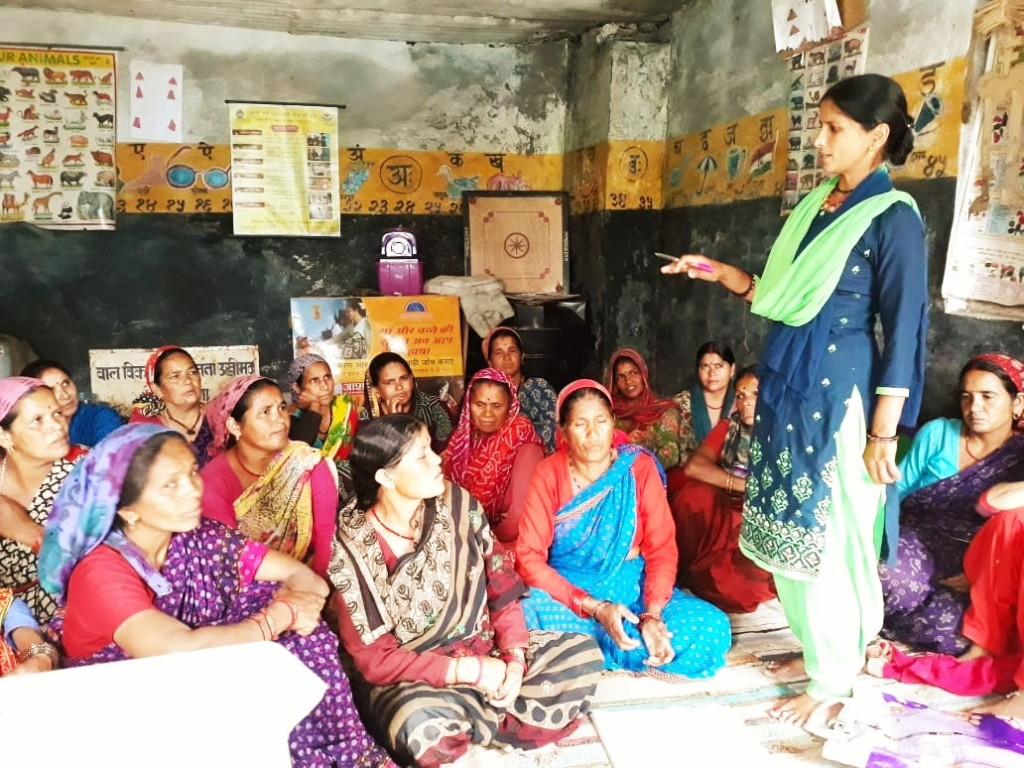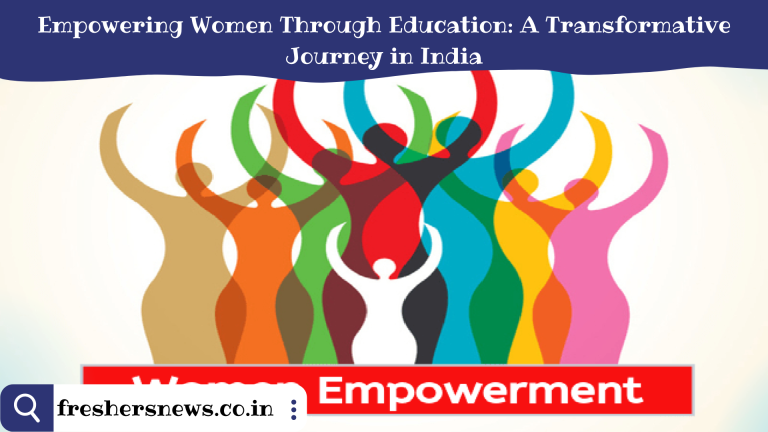The empowerment and advancement of people, society, and countries are fundamentally dependent on education. Women’s education in India, where gender inequality has traditionally been pervasive, has become an important aspect in promoting social and economic progress. In order to emphasise the initiatives taken to close the gender gap and build a more inclusive society, this article examines the difficulties, advancements, and transformational effects of women’s education in India.
The objective of this table analysis is to examine the key elements and benefits associated with empowering women through education.

Empowering Women Through Education
| Key Elements | Benefits |
| Access to education | 1. Improved economic opportunities |
| 2. Enhanced decision-making power | |
| 3. Increased political engagement | |
| 4. Better health outcomes | |
| 5. Reduced gender inequality | |
| 6. Empowerment and self-confidence | |
| Gender-responsive | 1. Addressing societal norms |
| curricula and | 2. Promoting gender equality |
| teaching methods | 3. Challenging stereotypes |
| 4. Encouraging leadership skills | |
| 5. Fostering critical thinking | |
| 6. Building self-esteem | |
| Partnerships | 1. Collaboration and knowledge |
| 2. Access to resources and funding | |
| 3. Scaling up initiatives | |
| sharing | 4. Holistic support |
| 5. Amplifying impact | |
| 6. Networking and mentorship | |
| Advocacy and policy | 1. Policy reforms and |
| reforms | implementation |
| 2. Gender-responsive legislation | |
| 3. Equal opportunities ineducation | |
| 4. Addressing barriers and discrimination | |
| 5. Supportive environments6. Institutional commitment |
Key Elements:
- Access to education: Providing women with equal opportunities to education and ensuring their enrollment, attendance, and completion rates are comparable to men.
- Gender-responsive curricula and teaching methods: Developing educational materials and approaches that challenge gender stereotypes, promote gender equality, and foster critical thinking and leadership skills among women.
- Partnerships: Collaborating with various stakeholders, including governments, NGOs, educational institutions, and communities, to leverage resources, knowledge sharing, and holistic support for women’s education initiatives.
- Advocacy and policy reforms: Promoting policy changes and implementing gender-responsive legislation that supports equal opportunities, addresses barriers, and creates supportive environments for women’s education.
Benefits:
- Improved economic opportunities: Education enables women to access better job prospects, higher incomes, and economic independence, contributing to poverty reduction and economic growth.
- Enhanced decision-making power: Education empowers women to make informed choices and participate in decision-making processes at individual, household, and community levels.
- Increased political engagement: Educated women are more likely to participate in political activities, advocate for their rights, and contribute to policy-making processes, leading to more inclusive governance.
- Better health outcomes: Education equips women with knowledge about health and hygiene, enabling them to make healthier choices and improve their overall well-being.
- Reduced gender inequality: Education plays a crucial role in challenging traditional gender roles and norms, breaking the cycle of gender inequality, and promoting gender equity.
- Empowerment and self-confidence: Education instills self-confidence in women, empowering them to overcome societal barriers, assert their rights, and pursue their goals.
Success Stories and Inspiring Examples
Pakistani activist and Nobel laureate Malala Yousafzai has served as a global ambassador for the cause of girls’ education. Her extraordinary journey—from surviving a Taliban murder attempt to rising to prominence as a leading global champion for girls’ education—inspires millions of people. Many Indian girls identify with Malala’s experience, which inspires them to face challenges and follow their aspirations.
The Kanya Vidya Dhan Yojana, which is being used in the Indian state of Uttar Pradesh, offers financial aid to deserving girls from less affluent households so they can pursue higher education. The programme has assisted hundreds of girls in overcoming financial obstacles and achieving their educational goals. The program’s goal is to empower females with skills by means of assisting with their education.
The Way Forward: Future Prospects
- Supporting Education That Is Gender-Responsive The development of gender-responsive educational systems that meet the unique demands and problems encountered by girls and women is necessary to establish a society that is truly inclusive. To that purpose, comprehensive sex education, secure and encouraging learning spaces, and gender-sensitive curricula are all encouraged. In order to empower girls via education, it is important to create a climate that upholds their rights, supports their objectives, and advances gender equality.
- Strengthening Resources and Infrastructure To provide equal access to high-quality education for all girls, investment in education infrastructure, such as building schools, providing clean water and sanitation facilities, and making instructional resources available, is essential. To further improve the overall educational experience, it is crucial to give teachers and school administrators the guidance and support they need to develop gender-inclusive classrooms.
- Taking Social Norms and Mindsets into Account Social attitudes that support gender prejudice and restrict girls’ educational prospects should be challenged and changed. To encourage change, involves increasing awareness, involving communities, and supporting inspiring role models. Getting dads and other male family members to support girls’ education and take an active role in eradicating gender barriers can have a big influence on changing attitudes.
Conclusion
India has made great strides in women’s education, yet there are still problems. Even though many programmes and laws have been put in place to support girls’ education, a coordinated effort is still needed to solve structural problems and provide equitable opportunity for everyone. Women’s life may be drastically changed through education, which gives them the strength to overcome challenges, contribute to society, and create a better future for themselves and future generations.
India can realise its full potential and start along the path of equitable and sustainable development by making investments in the education of women. In order to create an environment that empowers women and advances gender equality via education, government, communities, and people must work together.



